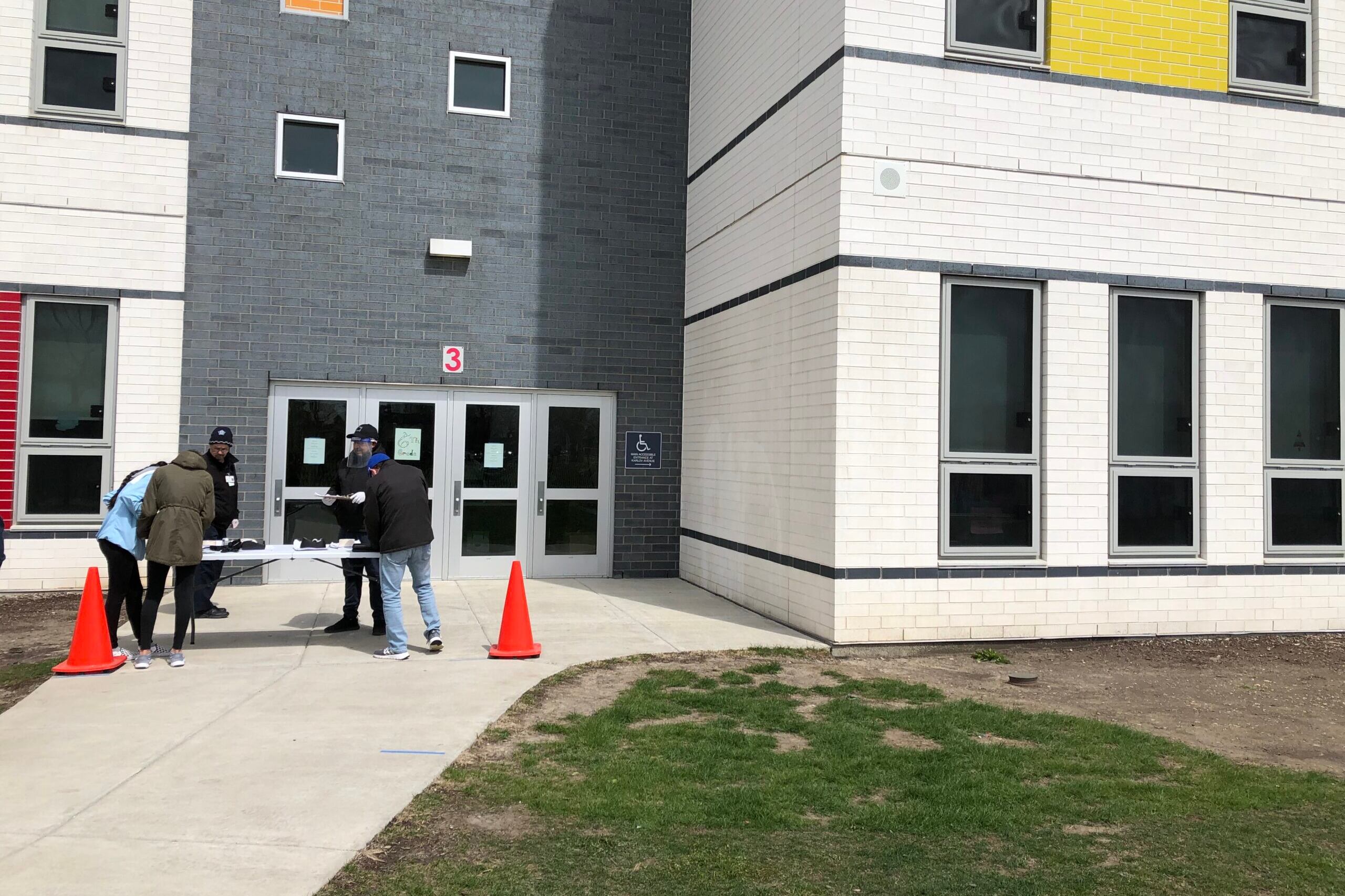One in five Chicago students lacks broadband access, and the neighborhoods plagued most by access issues are predominantly black neighborhoods on the Southwest Side, according to a new research brief out Thursday.
Nearly half of school-age children in West Englewood lack broadband access, the highest percentage of the city’s 77 neighborhoods. That was followed by Englewood (38%), Auburn Gresham (38%), and North Lawndale (37%).
Meanwhile, the city’s predominantly white neighborhoods show connectivity rates greater than 90%, according to the research brief issued by the school choice group Kids First Chicago and the Metropolitan Planning Council and based on U.S. Census data.
Chicago’s access issues have been a roadblock to its remote learning rollout, and unlike cities like Austin and San Francisco, the city has not yet announced a comprehensive plan for tackling the problem. Chicago’s school district is halfway through a device distribution program that ultimately promises to lend 115,000 Chromebooks, laptops, and iPads, but the district has so far limited hotspot lending to its homeless students because of the cost and massive backlog of orders for these devices.
With Illinois’ decision to close in-person schooling for the remainder of the school year, the need is dire for a more comprehensive approach to addressing the city’s digital divide, the authors said.
“We commend (Chicago Public Schools) for developing and implementing a Wi-Fi hotspot distribution program to ensure students could gain immediate access to digital learning resources,” said Daniel Anello, the CEO of Kids First. “However, given the extent of the connectivity gap, CPS cannot be expected to address this challenge alone. Ultimately, a universal broadband access program is the only long-term, equitable solution to sustainably connect all students and families.”
The authors called on Internet providers such as Comcast and AT&T to expand eligibility for low-cost internet programs for low-income residents. At a meeting Wednesday, school board members asked district administrators and city officials to put more pressure on internet providers to expand access.
The organizations behind the report issued a series of recommendations, including a subsidy program that would help cover costs for providers of expanding broadband services; the construction of “super spots” in certain communities that would provide access for up to 120 students with wide-reaching routers or Wi-Fi-equipped school buses; and the expansion of hotspot lending programs maintained by Chicago Public Schools and some community organizations.
Chicago Public Schools announced a hotspot lending program last week but it is limited to 12,000 homeless students and students in temporary living situations.
The 15 areas with the highest percentage of disconnected children under 18, according to the report, are:
1. West Englewood (Southwest Side) 46%
2. Englewood (Southwest Side) 38%
3. Auburn Gresham (Far Southwest Side) 38%
4. North Lawndale (West Side) 37%
5. Greater Grand Crossing (South Side) 34%
6. Austin (West Side) 34%
7. South Shore (South Side) 33%
8. Humboldt Park (West Side) 32%
9. South Lawndale (West Side) 31%
10. Riverdale (Far South Side) 31%
11. West Garfield Park (West Side) 31%
12. East Garfield Park (West Side) 30%
13. Chatham (Far South Side) 29%
14. New City (Southwest Side) 27%
15. Washington Park (South Side) 26%








